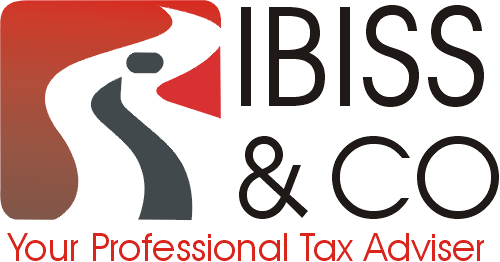Are you prepared for the end of the financial year, which falls on 5th April 2019? It is never too early to take stock of your tax position and check whether you’ve taken full advantage of the various reliefs available. There are several steps that can be taken which will reduce your tax bill – and some of these take very little effort to set in motion!
In this blog series, we’ll review the opportunities that are available to UK taxpayers, and provide some top tax planning tips for your consideration before 5th April.
Tax Planning #1: Share With a Spouse
If you’re married and you (or your spouse) do not work, work part-time, or work in a low-income job, the marriage allowance may be helpful. This allowance lets a spouse transfer 10 of their personal allowance to their civil partner, wife or husband (if their partner is the higher earner). This can lead to a tax reduction of up to £237 a year.
To qualify, the following conditions must be met:
- You must be married or in a civil partnership.
- Your partner’s income must be between £11,850 and £46,350.
- Your income must be under £11,850.
Sharing income is also a good option for married couples or those in a civil partnership. If you or your partner have income which is subject to higher rate tax (i.e. either 40 or 45 ), but the other partner is a basic rate taxpayer (or does not earn), you could make a substantial saving by diverting any investment income into their name. At this juncture, it’s worth bearing in mind that for those who earn over £100,000 and £123,700, the top rate of tax is 60 (taking into account the additional rate of tax plus reduction in personal income, which is reduced by £1 for every £2 of net income over £100,000). As such, if you earn over £100,000 but your spouse is a basic rate taxpayer, diverting income into their name could prove particularly beneficial.
Tax Planning #2: Protect Your Personal Allowance
When income exceeds £100,000, the personal allowance is reduced by £1 for every £2 earned over this threshold. For the 2018/2019 tax year, which will soon be drawing to a close, the personal allowance is £11,850; as explained above, this means income between £100,000 and £123,700 will be subject to a hefty level of taxation – effectively 60 . If your earnings fall into this bracket, it would be wise to consider making charitable donations or pension contributions to reduce your income, thus allowing you to benefit from your personal allowance. Alternatively, if applicable, you could consider deferring income until after the tax year has ended (in order to lower your overall earnings for that year).
If you’re concerned about losing your personal allowance, an IBISS & Co chartered tax advisor will be able to discuss all available options with you and ensure you do not pay undue amounts of tax.
Tax Planning #3: Think About Dividends
The dividend allowance is currently set at £2,000: this allowance is available to all eligible individuals, irrespective of which tax bracket they fall into. For those with family or personal companies, it might be worth considering paying dividends to shareholders who have not yet made use of this allowance. For those running their own company, drawing a combination of salary, dividends and pension contributions can help to limit tax liabilities.
Tax Planning #4: Consider Investments
Certain investments can also help reduce tax liabilities, so it is worth discussing these with an accountant.
As an example, investments in specific businesses – such as those which are eligible for Enterprise Investment Schemes, Venture Capital Trusts, and the Seed Enterprise Investment Scheme – can provide income tax relief, as follows:
- SEIS investments generate income tax relief of up to 50 on investments of up to £100,000.
- EIS investments generate income tax relief of up to 30 on investments of up to £1,000,000.
- VCTS investments generate 30 income tax relief on investments up to £200,000.
- In addition to the above, dividends drawn from VCT investments are tax free. Investments in EIS, SEIS and VCT businesses are also free of capital gains tax, provided that certain conditions are met (the investment must be held for the required period of time, for instance).
It is important to remember that taxation is only one aspect of your overall financial position; as such it’s highly recommended that you begin to look at other elements – such as estate and succession planning – when reviewing your end-of-year position.
IBISS & Co are here to help with your tax planning. This series of blogs will cover some basics in order to help you consolidate your thoughts, but do not constitute proper financial advice. Please contact us today to discuss your options with one of our expert advisers.




